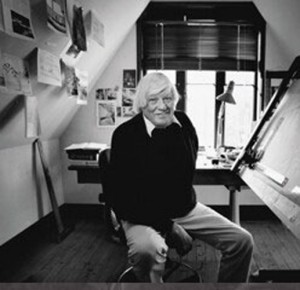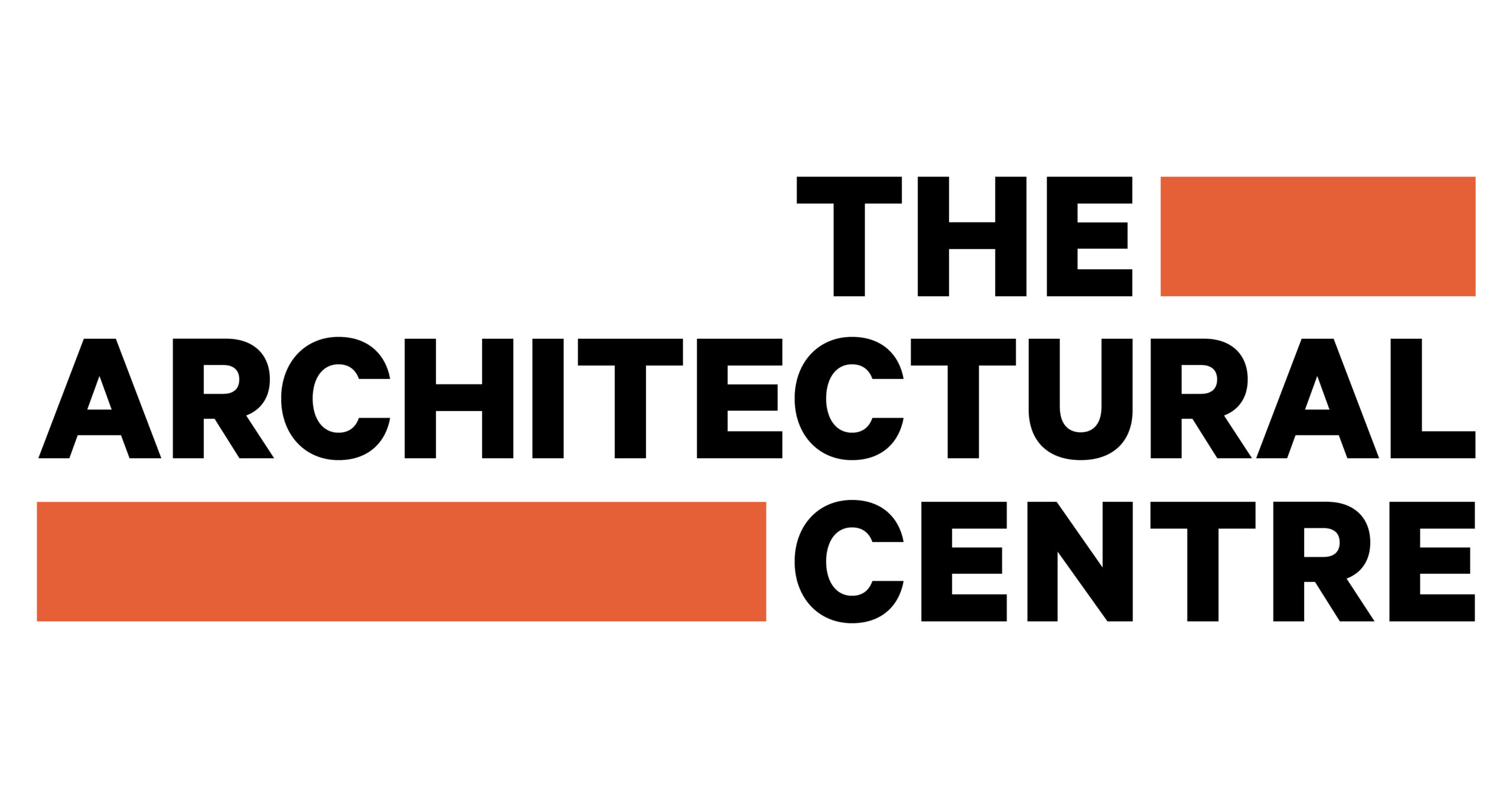We’ve just heard the sad news that Peter Beaven passed away last night. Beaven came to speak to the Arch Centre last year, and we felt privileged at the time to be present. Not only were we amazed at the power of recollection of this 86 year old architectural power house, able to skillfully recall the reason behind virtually every line on a page, drawn 50 years before, but we were also able to witness of the full force of his intellect, with tales of battles that he had fought and won over many years.

Read article on Stuff here. Please feel free to post memories or stories of Peter Beaven here – and as a tribute, we publish here the review from last year’s AGM, of the talk that an incredibly spirited Beaven gave to us all.
“Peter Beaven’s appearance at the Architectural Centre’s AGM this year was a spirited and enjoyable talk, about the very serious subject of Christchurch’s fall from architectural grace. For a man in his 80s, Beaven is still remarkably spritely, and his razor sharp mind is as sharp as ever, bristling with indignation at the foolish comments and actions of the Civil Defence heirachy that has paralysed Christchurch. We are incredibly lucky to have still got our national living treasures of Sir Miles Warren and Peter Beaven – one curiously more decorated by the establishment than the other, but both undeniably adept at the business of architecture. In both cases, these elderly gentlemen were nearly crushed by falling stone masonry, with Beaven “covered in Mountfort’s dust in a most affectionate manner,” from the rubble of the Canterbury Provincial Chambers building that came crashing down a mere 12 seconds on Feb 22 this year. Beaven’s office was in the oldest, timber part of the Chambers – the neighbouring, stone portion is now nothing more than sadly ruined, grade 1 listed, historic rubble. Similarly, Warren’s heritage listed Onetahi residence is also reduced from three storeys to just one, and he also narrowly escaped a reduction in the number of his remaining years. Warren, ever the architect, was quick off the starting pegs on the rebuild – while others dithered, he sat down and drew up alternative plans for a rebuilding of his house. Beaven, similarly, gave us the benefit of his “half hour sketch” and showed us a preview of a sensitively designed reworking of a site stretching between Cathedral Square and the lazy, twisting Avon – if he really did design this in just half an hour, then the man should be given not just the task of rebuilding Christchurch, but a NZIA Gold Medal or two to boot.
What is evident from the lively erudition of Beaven at our AC AGM, and the appearance of Warren and Beaven at the NZIA mini-conference last week, is how vibrant and clear-thinking and capable these architects are, at an age where most pensioners are merely wrapping up warm and waiting to die. Beaven was fair bristling with indignation at the slowness of the Canterbury rebuild, and blamed this fair and square on the shoulders of the faceless bureaucrats and incompetence of Wellington politicians, headed by “that buffoon Brownlee” and the pointless Civil Defence chappie, John Harrison. Harrison (recently retired) had said that his proudest moment of the post-quake rebuild was his resolving of the Portaloo situation in Christchurch – clearly Beaven thinks Harrison should lift his mind from the potty and should have had his focus on higher, more lofty priorities.
Beaven’s fervent (and quite reasonable desire) is that there are “some intelligent conversations about the city” – at present, according to Beaven, there is nothing much intelligent happening at all. Clearly frustrated to the Nth degree by the slowness and intractability of Wellington bureaucrats, Beaven noted that he had to act like the Raj and just bowl on into the safety cordon area, Hi Vis jacket on, horns tooting, and lights blazing, waving his way through the road blocks. If you behave like you are in charge, others automatically assume that you are. Although CERA may be the “new oligarchy in control,” Beaven clearly understands that the successful secret to Canterbury’s resurgence will be, as he puts it, that “people-led planning is the key to disaster recovery, not some insipient, bureaucratic, spin-doctor disaster.”
Beaven’s carefully selected photos of Canterbury destruction seemed to show that most of his creations were still standing, albeit with a bit of slumping from liquefaction, and quite a few Warren and Mahoney creations collapsing in contrast, but it is obvious that there was widespread damage to both new and old. Lessons learnt from Canterbury EQ 1.0 were not followed up quick enough to cope with EQ 2.0 – the first Quake was a warning to us all that we need to get our houses in order and commission strengthening work as soon as possible. Lessons that Canterbury did not take to heart, and that, so far as can be seen, Wellington has not taken on board either. If there was the slightest doubt about it before, the number one lesson is blatantly obvious now: Un-reinforced Masonry is Not Your Friend! Our heritage buildings will kill by collapse and neglect if they are not appropriately strengthened – and these measures need to be taken as soon as possible.
Wellington has been presuming that we have the luxury of a 20 year period in which to strengthen – but with the 100 year quake well overdue here by at least 50 years (1855 was the capital’s last really monster earth-mover), then our city leaders must take the challenge and meet it head on. Christchurch relied on its genteel quasi-Englishness to create its bucolic atmosphere of charming quaintness, but forgot to back this up with appropriate help for the heritage owners to strengthen their building stock – and look where they are now. Professed government support for only 4 of the “old dungas” from a grossly out of depth Minister Brownlee, is likely to leave Christchurch as a city bereft of much of its heritage – and this, for me, is where Wellington’s political leaders need to take the lead.”
RIP Peter: New Zealand will miss you.


Leave a Reply